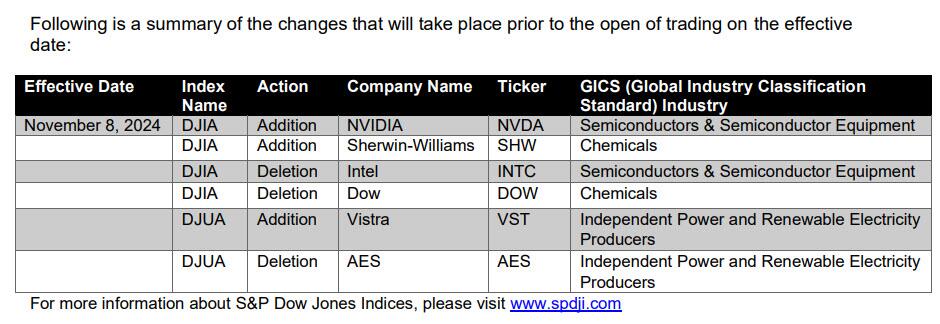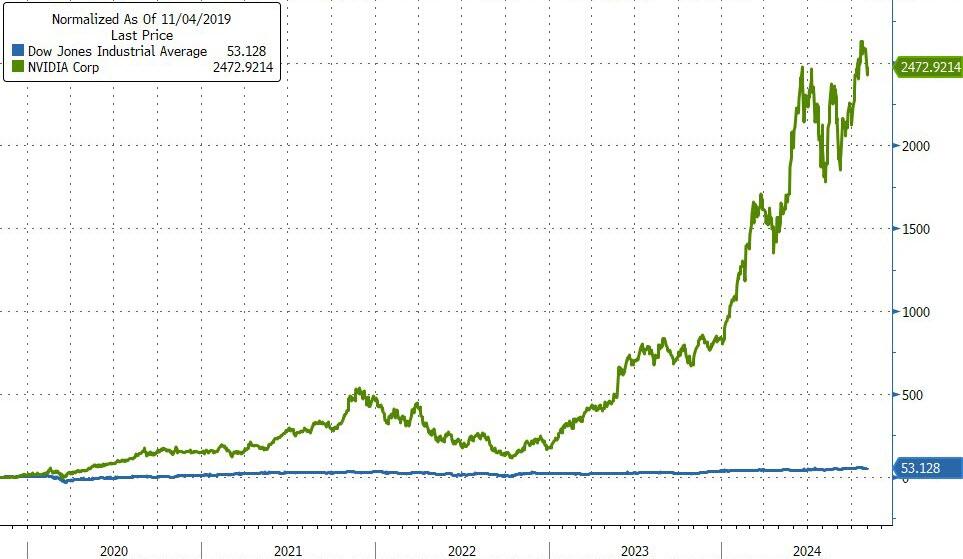Minnesota Gov. Tim Walz, the Democratic vice presidential nominee, boasted about Minnesota hosting several top Chinese leaders in a letter unearthed by Fox News Digital.
The Minnesota International Chinese School showcased a 2021 letter from Walz on its YouTube channel celebrating the 10th anniversary of the school’s Chinese New Year.
“Minnesota has a longstanding relationship with the people of China,” Walz said in the letter.
“The state has promoted Minnesota’s connections with China and has hosted numerous senior Chinese leaders for decades. Thousands of Minnesotans claim ancestral connections to China, which has helped foster numerous ties between Minnesota and China.”
“These ties are rapidly expanding through the growth of education, trade, and investment opportunities between our two peoples,” he added before congratulating the school on a “very important milestone” and “teaching our language learners and future leaders the importance of speaking multiple languages and of being global citizens.”
The letter came within 10 days of Zhao Jian, the Consul General of China in Chicago, recording a four-minute greeting in Chinese for the school, according to the school’s YouTube channel.
Walz’s connection to Jian has been under scrutiny in recent weeks after the House Oversight Committee unearthed a meeting between Walz and Jian earlier this year discussing “China-U.S. relations and sub-national cooperation.”
While the specifics of the meeting aren’t clear, a 2022 report from the Biden administration’s Director of National Intelligence (DNI) highlighted how U.S.-based Chinese consulates like the one Walz met with “play an active role” in “foreign influence operations” on behalf of the CCP.

Walz’s decades-long ties to China have come back to haunt him since Vice President Harris picked him to join her Democratic ticket as the vice presidential nominee.
He worked briefly in China as a teacher, traveling to Guangdong in 1989 for a teaching-abroad program to teach English and American history.
Walz was initially believed to have made dozens of trips to China over his lifetime, but a campaign spokesperson would later try to walk that number back and say he made approximately 15 visits to China, which included his honeymoon in 1994.
“I’ve lived in China and, as I’ve said, I’ve been there about 30 times. . . . I don’t fall into the category that China necessarily needs to be an adversarial relationship. I totally disagree, and I think we need to stand firm on what they’re doing in the South China Sea, but there’s many areas of cooperation we can work on,” Walz previously said in an interview with Agri-Pulse Communications.
He also came to the defense of the Chinese Communist system, saying during a 1991 school lesson that it “means that everyone is the same, and everyone shares.”
“The doctor and the construction worker make the same,” he continued, according to the Washington Free Beacon.
“The Chinese government and the place they work for provide housing and 14 kg or about 30 pounds of rice per month. They get food and housing.”
Walz was also quoted by a local outlet in 1990 reflecting on his visits to China, saying, “No matter how long I live, I will never be treated that well again. . . . They gave me more gifts than I could bring home. It was an excellent experience,” Walz said, adding that he had been “treated exceptionally well.”
Fox News Digital recently reported that a Department of Homeland Security (DHS) official sounded the alarm with colleagues about how Harris’ decision to pick Walz for the presidential ticket “feeds into” activities the People’s Republic of China (PRC) were conducting “with him and local government,” warning that Beijing could “target” him to exert influence on U.S. policy.
“Walt’s [sic] got the Vp,” reads the message, with the identity of the sender redacted.
“You all have no idea how this feeds into what prc has been doing here with him and local gov.”
The official added, “It’s seriously a line of the intel. Target someone who is perceived they can get to DC.”

House Oversight Committee Chair James Comer wrote in a letter to Mayorkas on Tuesday that the Committee is “releasing the above message as an example of communications within DHS’s possession in which DHS officials express concern about the CCP targeting politicians and their influence operations at the state and local levels — and specifically, concerns about the CCP’s influence operations as they related to Governor Walz.”
Walz has also faced scrutiny for his ties to a Minnesota-based medical research institute with a long track record of collaborating with a firm labeled by the Pentagon as a “Chinese military company” and with Chinese officials with controversial ties to the CCP.
In 2014, Walz welcomed a delegation from China to the institute that included Wang Yanling, the vice governor of Henan Province and a Communist Party doctor.
Yanling is listed as holding several positions in the Chinese Communist Party over the course of many decades.
Several members of the Chinese Communist Party have sat on the board of directors at the Henan Cancer Institute, according to an archived version of the organization’s website.
Fox News Digital reached out to Harris-Walz campaign.








